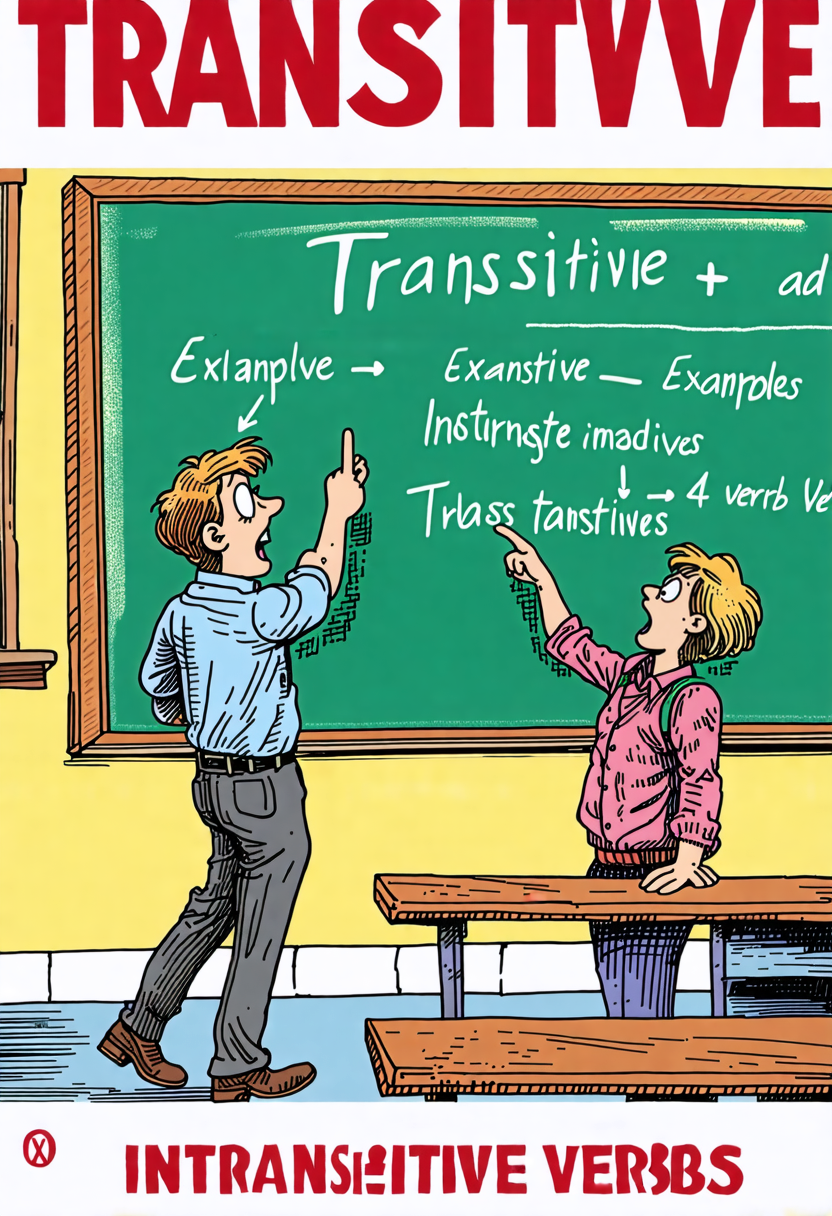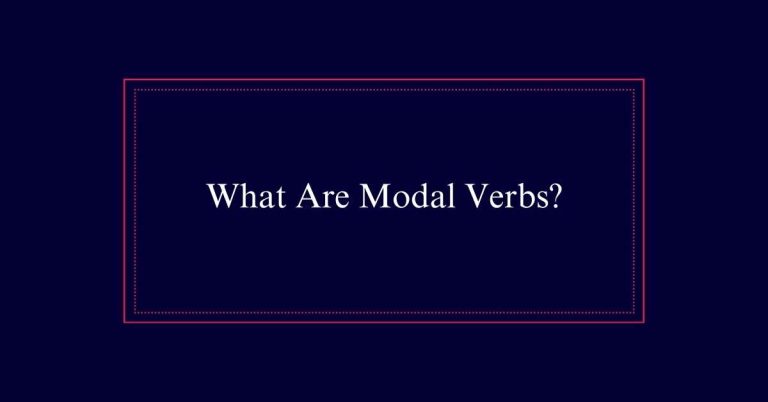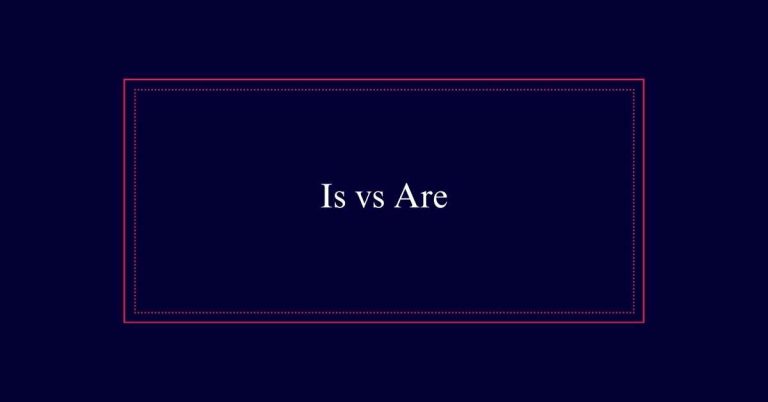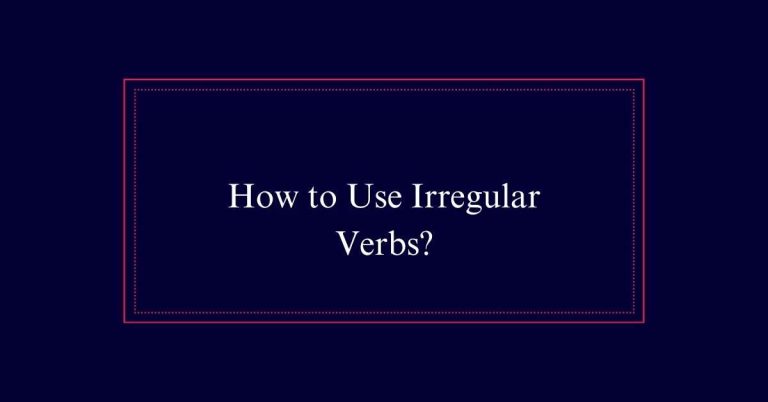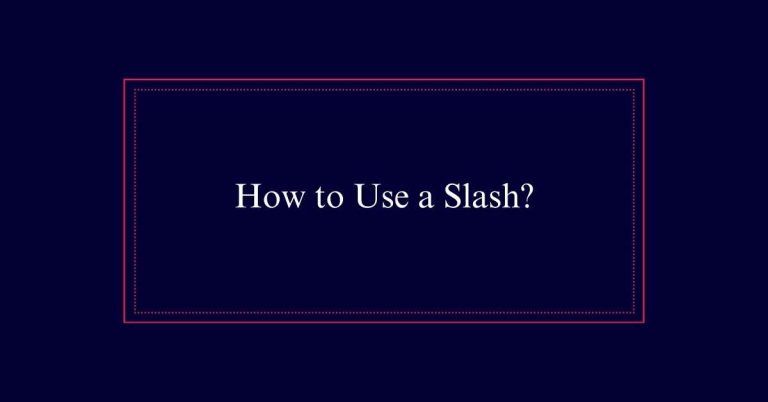Transitive and Intransitive verbs
Transitive and intransitive verbs differ based on whether they require a direct object. Transitive verbs need a direct object to complete their meaning, such as “She reads books,” where “books” is essential. Intransitive verbs do not require a direct object and can stand alone, like “They laughed,” which is complete by itself.
Understanding Verb Transitivity
Understanding verb transitivity involves examining whether a verb needs a direct object to complete its meaning. Transitive verbs require a direct object to convey a complete thought.
For example, in the sentence, ‘She reads books,’ the verb ‘reads’ needs ‘books’ to make sense. Without ‘books,’ the sentence would be incomplete.
In contrast, intransitive verbs do not need a direct object. They can stand alone and still make sense. For instance, ‘She sleeps’ is a complete thought as ‘sleeps’ does not need an object.
What Are Transitive Verbs?
A transitive verb is a verb that requires a direct object to complete its meaning. These verbs need something or someone to receive the action they describe. Without a direct object, a sentence with a transitive verb feels incomplete.
For example, in the sentence ‘She reads books,’ the verb ‘reads’ is transitive because it requires the object ‘books’ to make sense. Transitive verbs are essential in giving clear and definite meanings to actions. They clarify who or what is receiving the action, making the sentence more informative.
When constructing sentences, identifying whether a verb is transitive helps in ensuring that the intended message is fully conveyed.
Examples of Transitive Verbs
Transitive verbs are illustrated through sentences where the action directly affects an object. They require a direct object to complete their meaning. For instance, in the sentence “She reads a book,” the verb “reads” acts on the object “book.” Here are more examples:
| Sentence | Verb | Object |
|---|---|---|
| He kicked the ball. | kicked | the ball |
| She baked a cake. | baked | a cake |
| They watched a movie. | watched | a movie |
| I sent an email. | sent | an email |
Identifying Transitive Verbs
To identify transitive verbs, one must look for verbs that require direct objects to complete their meaning. A transitive verb makes sense only when followed by an object.
For example, in the sentence ‘Please bring coffee,’ the verb ‘bring’ needs ‘coffee’ to be clear. Without the object, the sentence ‘Please bring’ feels incomplete.
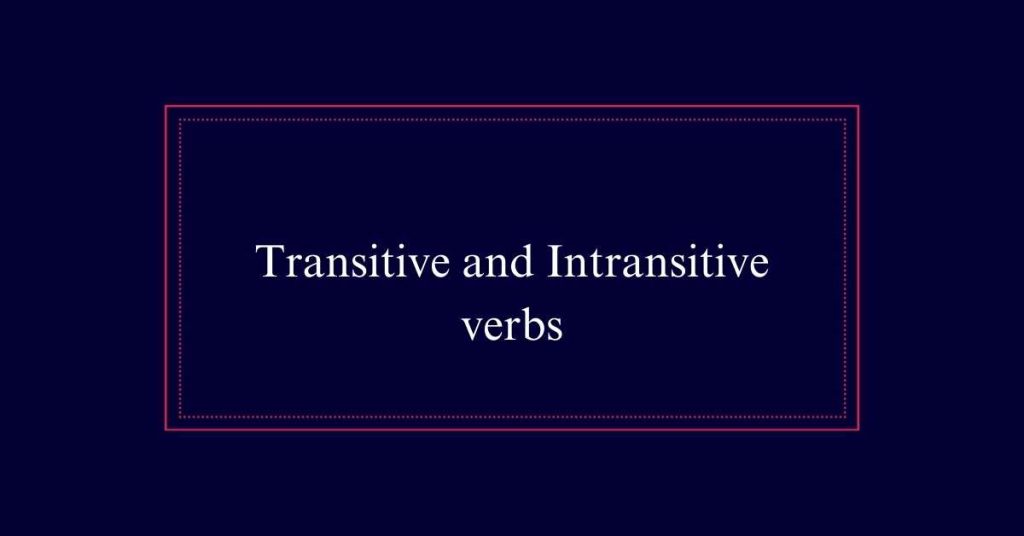
Other examples include ‘carry water,’ ‘threw the ball,’ and ‘phone the neighbors.’ In each case, the verb requires an object to convey a complete thought. If you remove the object, these sentences would not make sense.
What Are Intransitive Verbs?
In contrast to transitive verbs, intransitive verbs do not require a direct object to complete their meaning. These verbs can stand alone in a sentence and still make sense.
For instance, in the sentence ‘They laughed,’ the verb ‘laughed’ is intransitive because no additional information is needed to understand the action. Intransitive verbs often describe actions, states, or occurrences that happen independently. Examples include verbs like ‘sleep,’ ‘arrive,’ and ‘run.’
Because they don’t need objects, intransitive verbs can form complete sentences on their own. This independence makes them distinct from transitive verbs, which rely on direct objects for clarity.
Examples of Intransitive Verbs
Examples of intransitive verbs include ‘run,’ ‘sleep,’ and ‘arrive.’ These verbs do not require a direct object to complete their meaning. They stand alone in sentences and still make sense.
Here are some examples to illustrate intransitive verbs:
- The children laughed.
- He slept peacefully.
- They arrived early.
- The birds sang melodiously.
In each case, the verb does not need an additional word to convey a complete thought. This characteristic distinguishes intransitive verbs from transitive verbs, which require a direct object.
Identifying Intransitive Verbs
Recognizing intransitive verbs involves identifying verbs that do not require a direct object to complete their meaning. These verbs stand alone and still make sense.
For example, in the sentence ‘The children laughed,’ the verb ‘laughed’ does not need an object; it is complete as is. Similarly, ‘She sleeps’ is another example where ‘sleeps’ is an intransitive verb, conveying a complete thought without needing an object.
Intransitive verbs can end sentences effectively without additional words. They often describe actions or states that are complete in themselves.
Verbs like ‘arrive,’ ‘go,’ and ‘exist’ are inherently intransitive, requiring no object for clarity or completeness. This makes identifying them straightforward in a sentence.
Verbs That Are Both
Many verbs can function either as transitive or intransitive depending on the context in which they are used. This dual functionality allows verbs to adapt to different sentence structures.
For example, the verb ‘sang’ can be used transitively in ‘She sang a song’ and intransitively in ‘She sang beautifully.’ Context determines whether a verb takes a direct object or stands alone.
Here are some common examples:
- ‘Leave’: She left the room (transitive). She left (intransitive).
- ‘Eat’: He ate breakfast (transitive). He ate quickly (intransitive).
- ‘Run’: She ran a marathon (transitive). She ran (intransitive).
- ‘Open’: He opened the box (transitive). The door opened (intransitive).
Phrasal Verbs and Transitivity
Phrasal verbs, which combine a verb and a preposition or adverb, can be either transitive or intransitive. Transitive phrasal verbs require a direct object to complete their meaning. For example, ‘give up smoking’ is transitive because ‘smoking’ is the object.
In contrast, intransitive phrasal verbs do not need an object. An example is ‘wake up,’ as in ‘I wake up early.’ Some phrasal verbs can function both ways. ‘Take off’ can be transitive in ‘take off your shoes’ or intransitive in ‘the plane takes off.’
Why Transitivity Matters
Understanding transitivity is crucial because it influences how sentences are constructed and meaning is conveyed. Knowing whether a verb is transitive or intransitive helps in forming clear and grammatically correct sentences. It also aids in avoiding confusion and ensuring that the intended message is communicated effectively.
Key reasons why transitivity matters include:
- Clarity: Guarantees that the sentence structure is clear and understandable.
- Precision: Helps in using verbs accurately with or without direct objects.
- Grammar: Assists in maintaining correct grammatical structure.
- Meaning: Aids in conveying the exact meaning intended by the speaker or writer.
